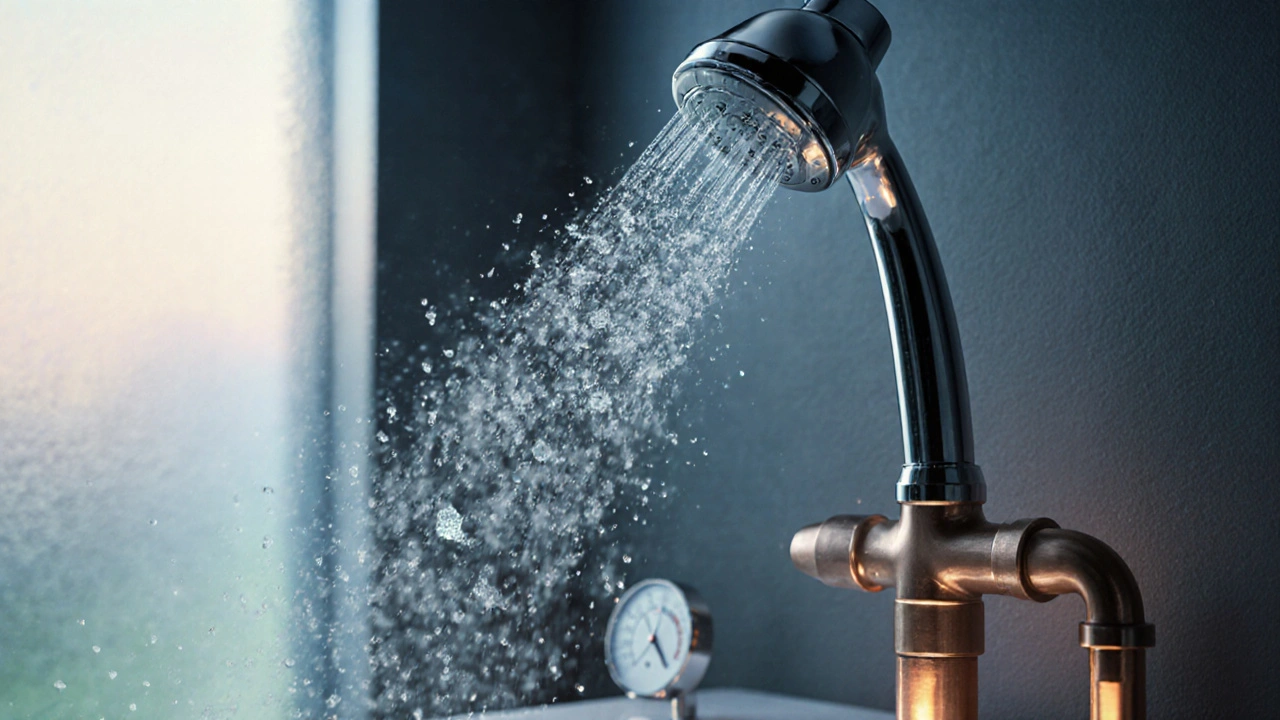Legionella: What It Is, Risks, and How to Stay Safe
Ever heard of Legionella and wondered why it shows up in health news? It’s a type of bacteria that loves warm water and can cause a serious lung infection called Legionnaires’ disease. The good news is you can lower your risk with a few simple habits at home and work.
Where Legionella Hides
Legionella thrives in water that’s between 20 °C and 50 °C (68 °F‑122 °F). Think hot tubs, showerheads, cooling towers, and even bottle‑fillers at office kitchens. If water sits stagnant for a while, the bacteria multiply fast. That’s why hotels, hospitals, and large buildings are often checked for Legionella – they have complex water systems that can become breeding grounds.
Spotting the Symptoms
Legionnaires’ disease looks a lot like regular pneumonia. Common signs are high fever, cough, shortness of breath, muscle aches, and headaches. Symptoms usually appear two to ten days after exposure. If you’ve been in a place with a known water issue and you get these signs, call a doctor right away. Early treatment with antibiotics makes a big difference.
Most healthy adults recover, but older people, smokers, and those with weak immune systems are at higher risk for severe illness. The infection can also turn into a milder form called Pontiac fever, which feels like a flu without the lung trouble.
So, what can you do to keep Legionella out of your life?
1. Keep hot water hot. Set your water heater to at least 60 °C (140 °F). This temperature kills most bacteria. If you have a tank‑less system, make sure it runs hot enough during each use.
2. Flush rarely used taps. If a shower or faucet sits idle for a week or more, run the water for a minute to clear out any stagnant water.
3. Clean and disinfect. For hot tubs and spas, follow the manufacturer’s cleaning schedule. Use approved disinfectants and test the water regularly.
4. Watch for scale and bio‑film. Build‑up inside pipes can protect Legionella. If you notice white crust or slime in your fixtures, have a professional clean the system.
5. Ask about maintenance. When staying at a hotel or visiting a large facility, don’t be shy about asking how often they test their water. Reputable places will have a routine monitoring plan.
If you manage a building, consider a Legionella risk assessment. Professionals will sample water, check temperatures, and recommend corrective actions. It sounds pricey, but the cost of an outbreak – both health‑wise and financially – is far higher.
In everyday life, the key is awareness. Knowing the hot spots, spotting early symptoms, and taking quick steps can keep Legionella from becoming a health scare. Stay informed, keep your water moving, and don’t ignore a fever after a stay in a high‑risk environment.
Got more questions about water‑borne bacteria or want tips on other health topics? Keep browsing MedMonitor for easy‑to‑read guides that cut through the jargon and give you clear, practical advice.

How Plumbing Systems Contribute to Legionnaire's Disease Outbreaks
Learn how plumbing systems spread Legionnaire's disease, identify high‑risk fixtures, and follow practical steps to prevent outbreaks.
view more